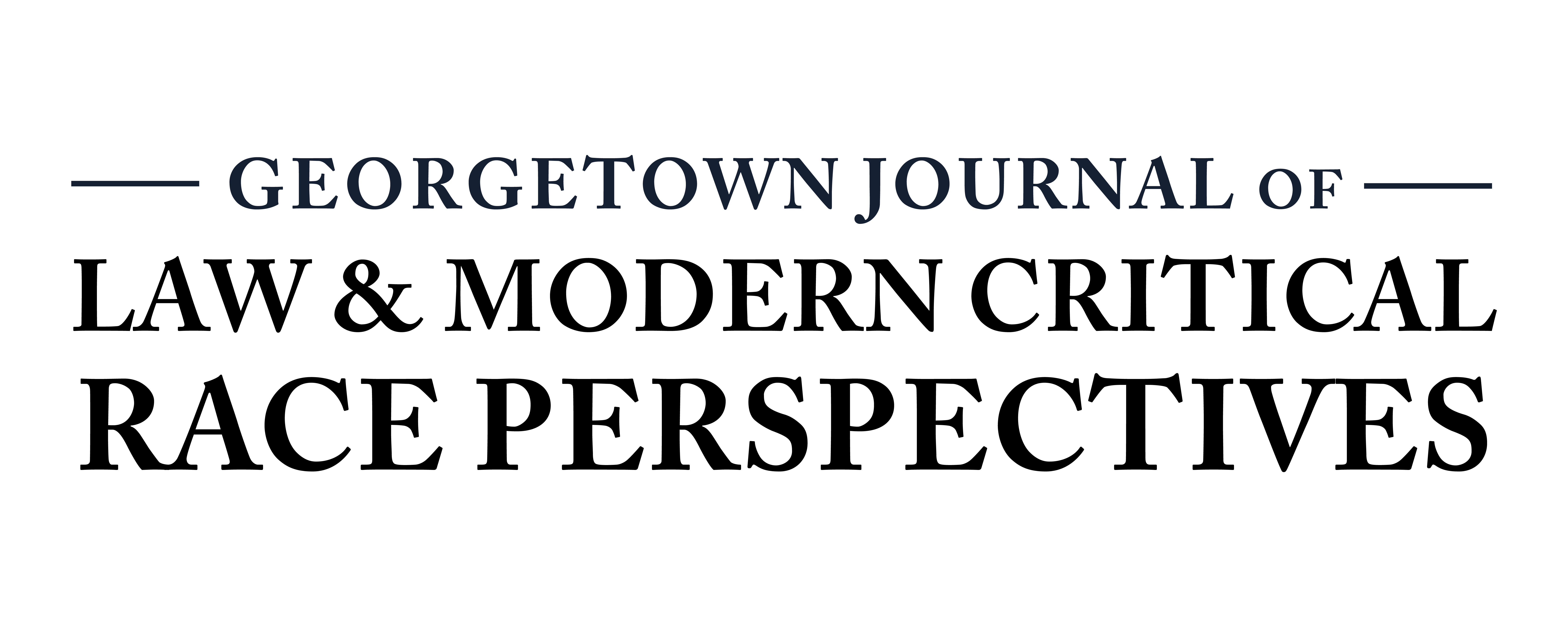True Justice: The Disturbing Truth about Incarceration in D.C.
February 17, 2020 by Malcolm B. Morse
By Malcolm B. Morse*
In celebration of Black History Month, the Georgetown Black Law Students Association partnered with the Georgetown Juvenile Justice Clinic to host a screening of Bryan Stevenson’s True Justice documentary. Through it, Stevenson touched on how the death penalty is born from the legacy of American slavery and the Jim Crow South. Additionally, he highlights the historically contentious nature of the relationship between Black men and the American criminal justice system. Washington, D.C. (DC) provides an insightful case study highlighting the overrepresentation of Black men in the criminal justice system, even as racial demographics shift.
From the 1960s through the 1990s, DC became known as “Chocolate City”, but as the percentage of the overall Black population has decreased, the percentage of incarcerated Blacks, particularly Black men, has remained relatively high and stable. In 1957, DC became the first majority Black major city in the United States.[1] By 1970, according to U.S. Census data, the DC Black population percentage plateaued at 71.1 percent. At that time, the White population was 27.7 percent and the Hispanic population was 2.1 percent. According to 2019 American Community Survey data, Black residents constitute 44.4 percent of DC’s overall population with Whites, Hispanics, and Asians constituting 36.9, 11.3, and 3.8 percent respectively. While it would seem that DC has become more diverse, the jail population does not seem to be catching up with the times. The DC jail population is almost exclusively Black—87.4 percent of male inmates are Black and 79.6 percent of female inmates are Black.[2] Blacks are overrepresented, particularly Black men considering men constitute 94.1 percent of the total inmate population.[3] This begs a simple question: what accounts for such an overrepresentation of Black men in the DC criminal justice system?
By passing the Neighborhood Engagement Achieves Results Amendment (NEAR) Act in 2016, the DC City Council attempted to address this question, though not without some implementation issues. In its preamble, the NEAR Act articulates its goal of creating a more equitable criminal justice system in DC, placing a major emphasis on police-community relations, police training (community policing, biased-based policing, etc.), and protocol for stops-and-frisks.[4] However, the Metropolitan Police Department’s (MPD) noncompliance with the NEAR Act’s requirement that officers collect real-time demographic stop-and-frisk data is indicative of systematic resistance to equitable policing. In June 2019, three years after the Act went into effect, the DC Superior Court ordered MPD to comply with the NEAR Act and begin collecting the required stop-and-frisk data, which could shed light on the impact police practices have on inequitable inmate demographics.[5]
Stevenson’s documentary highlights the historical overrepresentation of Blacks in America’s jails and prisons, but effective solutions will not come without a willingness to change on the part of the criminal justice system and a commitment to enforce laws like the NEAR Act on the part of governmental administrations.
* Editor-in-Chief, Geo. J.L. & Mod. Crit. Race Persp.; J.D. Candidate, Georgetown University Law Center (L’21), © 2020, Malcolm Morse.
[1] Martin Austermuhle, When Blacks Fled the South, D.C. Became Home for Many from North Carolina, WAMU, Sept. 23, 2016, https://wamu.org/story/16/09/23/when_blacks_fled_the_south_dc_became_home_for_many_from_north_carolina/.
[2] Annual Fiscal Year Report, DC Department of Corrections, Facts and Figures (Oct. 2019).
[3] Id.
[4] D.C. Law 21-125.
[5] Peter Hermann & Rachel Weiner, Court Orders D.C. Officers to Start Collecting Mandated Racial Data in Police Stops, WASH. POST, June 27, 2019, https://www.acludc.org/en/news/judge-rules-dc-police-violation-near-act-stop-and-frisk-data-collection-requirements.

